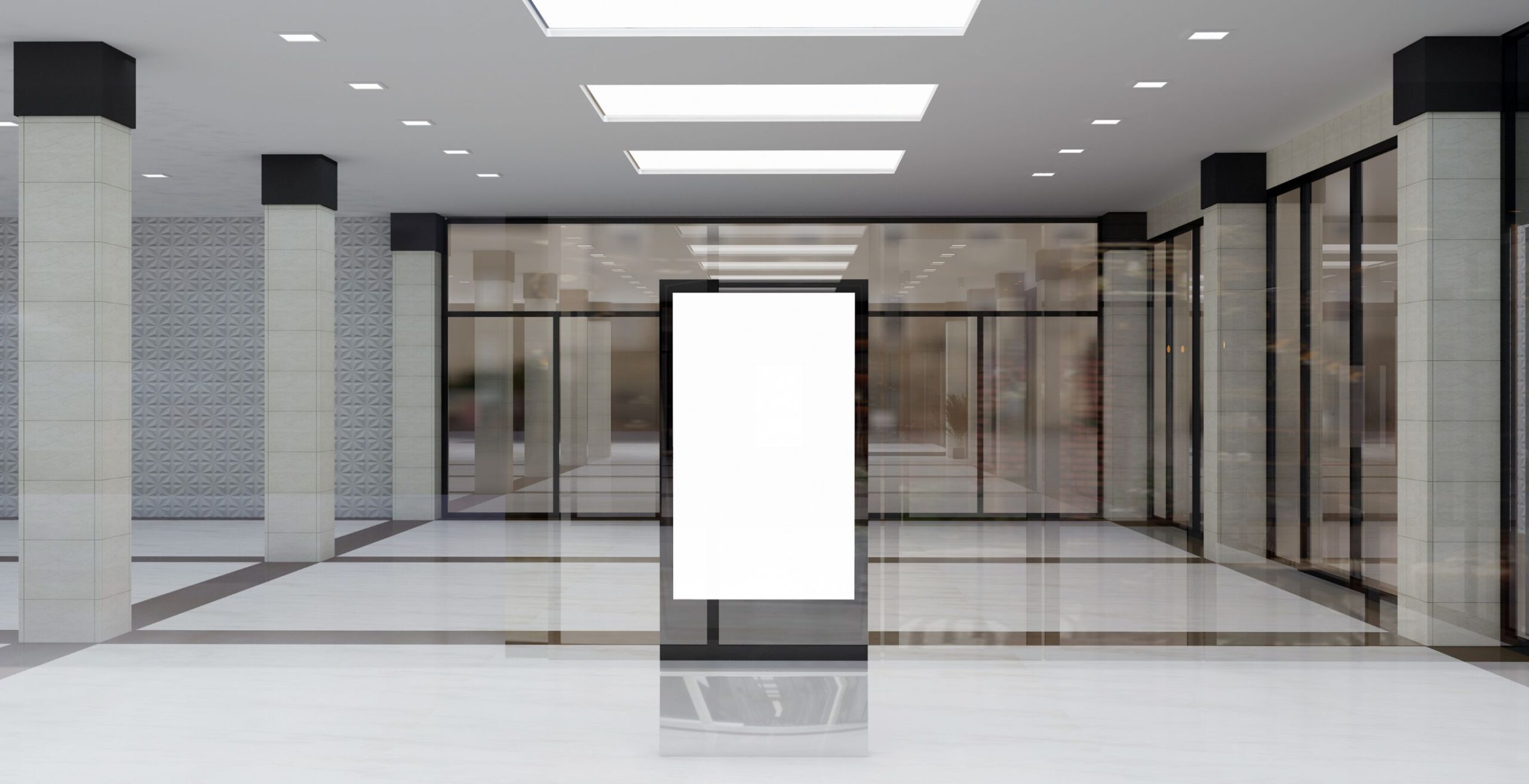In today’s fast-paced world, screens have become an essential part of how businesses communicate. Retail stores, offices, hotels, and transportation hubs all use displays to share messages, advertise products, and engage audiences. Many business owners wonder why they should invest in a digital signage display instead of a regular television. On the surface, a TV might seem like an affordable alternative. However, the differences go far beyond cost, affecting performance, reliability, and the ability to deliver professional content over the long term.
Built for Commercial Use
The biggest difference lies in how the devices are designed. Digital signage displays are specifically made for commercial environments. They are built to operate around the clock, handle heavy usage, and perform in different lighting and environmental conditions. Household televisions, by comparison, are designed for short-term use, usually a few hours a day, in the controlled environment of a living room. Using a TV for continuous commercial use can lead to overheating, hardware failure, and reduced lifespan. For businesses that need screens running all day, digital signage displays provide reliability that consumer TVs cannot match.
Better Brightness and Visibility
Another important factor is brightness. Commercial displays are much brighter than standard televisions, which makes them easy to read even in direct sunlight or well-lit indoor spaces. Brightness levels in digital signage displays can range from 500 to over 2,500 nits, while consumer TVs usually only offer around 250 to 350 nits. In a retail store or an office lobby, a TV screen can appear dull or washed out, while a digital signage display remains clear and vivid. Many commercial screens also include anti-glare coatings, ensuring that content is readable from multiple angles.
Content Management and Control
Digital signage also excels in content management. These displays come with built-in media players and are designed to work with content management systems. This allows businesses to schedule messages, update content remotely, and even manage multiple screens from a central location. A retailer can push new promotions to hundreds of screens across different outlets in real time. A regular television, on the other hand, requires manual updates through a USB drive or external device. This process can be slow, inefficient, and impractical for businesses with multiple locations or frequent content changes.
Security and Reliability
Commercial displays are also more secure and reliable. They often include encryption, network authentication, and monitoring tools that allow administrators to track performance and detect issues. Consumer TVs lack these features and are not designed to connect safely to corporate networks. For businesses, these security and reliability advantages reduce downtime, prevent data tampering, and ensure that screens remain operational when needed.
Flexible Installation
Digital signage displays are designed for flexibility. They can be mounted in portrait or landscape orientation, grouped together for video walls, or integrated into kiosks and interactive systems. TVs are not designed for these setups. Using a TV in portrait mode or in a video wall arrangement can cause uneven wear, overheating, and shorter lifespan. Commercial screens provide the versatility needed for creative display solutions in public spaces.
Longevity and Cost Efficiency
While a consumer TV may seem cheaper at first, digital signage often provides better value over time. TVs used continuously in commercial settings tend to fail within a year or two, leading to replacement costs and operational downtime. Digital signage displays are rated for tens of thousands of hours of continuous use and come with commercial warranties. Over time, this makes them more cost-effective, providing consistent performance without frequent maintenance.
Digital signage is specifically designed for the demands of commercial environments. It is more durable, brighter, and flexible than a standard television, and it allows businesses to manage content efficiently and securely. While TVs are suitable for home use, they are not built to handle the continuous operation and visibility requirements of public or professional spaces. For businesses that want reliable, high-quality displays that deliver messages effectively, digital signage is the better choice.



